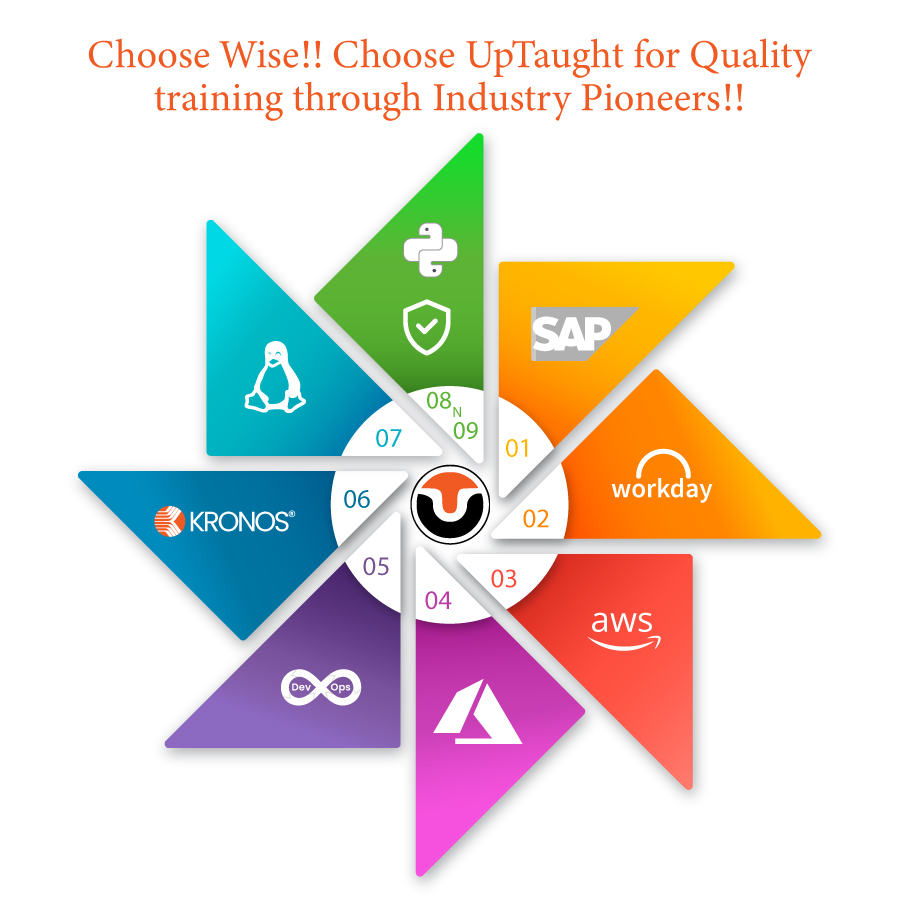SAP S/4HANA is SAP’s ERP for larger businesses. It is the successor to SAP R / 3 and SAP ERP and is suitable for SAP HANA database SAP memory. SAP represents a sample change from the S/4HANA transactional system that only records data, rather than allowing users to make real-time active decisions based on data from both internal and external sources.
Whether you’re planning to migrate, mid-migration or you’re already moving. It is important to know the key differences to make the most of your investment potential. Here are some of the differences between SAP ECC FI and SAP S/4HANA from the perspective of a data transfer expert to state the difference more accurately.

Both systems offer centralization of the company’s operational information in a single database, standardization and automation of routine tasks, and a single source for operational reporting.
Table of Contents
Click here to Visit our Course page
Similarities:
The two SAP systems have a lot in common. Both SAP ECC FI and S/4HANA enable the business process for purchase, sales, manufacturing, service, distribution, accounting, quality, and plant maintenance. Both systems offer centralization of the company’s operational information in a single database, standardization and automation of routine tasks, and a single source for operational reporting. In addition, both SAP ECC FI and SAP S/4HANA are modular systems designed to help businesses tailor the pieces they need to their business needs.
After all, S/4HANA and ECC probably share 90% of their core features and functions. However, with technological change, differences are bound to arise, and profitable companies can benefit.
13 Major Differences Between SAP ECC FI and SAP S/4HANA:
Here are the following 13 major differences between SAP ECC FI and SAP S/4HANA in the table that is more deeply differentiate each thing related to these terms.
|
ECC |
S/4HANA |
| Database agnostic (MS SQL, Oracle, HANA, MaxDB, etc.) | Must run on HANA |
| Separate customer and vendor files | Conjoined Business Partner files |
| Multiple tables and aggregate tables | Universal Journal (union of Fl and Co) and reduced logistics tables |
| Primary user interface – GUI | Primary user interface – Fiori (GUI secondary) |
| Classic GL or new GL | New GL |
| Material Ledger optional | Material Ledger only |
| SD rebate processing | Settlement Management – rebate condition contract |
| Foreign trade elements included | Foreign trade moved to Global Trade Services |
| Warehouse Management | Stock Room Management or Extended Warehouse Management |
| Dual ABAP and JAVA stack available | S/4HANA release 1809 and later does not support
a dual-stack system setup. Kernel 7.73. |
| Legacy System Migration Workbench (LSMW) is the primary data load tool | Legacy Transfer Migration Cockpit (LTMC)
is primary data load tool |
| Material number length 18 character | Material number length 18 or 40 characters |

Differences:
The above chart shows several important differences between SEP ECC and S/4HANA. So let’s dive a little deeper, highlighting the five biggest differences below.
1: Database. SAP ECC FI can run on third-party databases such as Oracle, Max DB, and IBM. On the other hand, SAP S/4HANA can only run on SAP HANA, advanced technology in memory.
2: Customer vs. Vendor for Business Partner. SAP maintains separate customer and seller files, even when an organization partners with a company for both tasks. The S/4HANA Business Partner integrates common data structure elements into the record.
3: Integration of controlling (CO) and finance (FI). In SEP ECC, FI GL accounts are mapped with CO base value elements. In SAP S/4HANA, the universal journal structure stores both the GL account and the cost factor.
4: New General Ledger (GL). SAP ECC FI can run on any “classic” GL framework or “new” GL framework. The S/4HANA uses only the new GL, which is technically similar to the new GL in ECC. However, new GL functionality is required in S/4HANA and is a prerequisite for new asset accounting.
5: Rebates. Discounts Customer discounts through existing SD discount processing at ECC have been replaced by settlement management through conditional agreements at S/4HANA.
Click here to Visit our Course page
The next generation of SAP ERP
To be sure, there are deltas on both sides of the Venn diagram when it comes to S/4HANA and SAP ECC FI. However, like a great chess player, successful leaders need to make sure they are on the right track to their business roadmap.
SAP ECC can help run a business today. But for business needs to go tomorrow, the infrastructure provided by SAP S/4HANA provides a space at the door of SAP intelligent enterprise.






